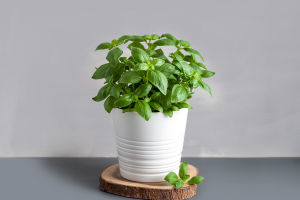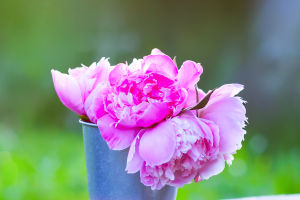Tulips are vibrant jewels that signal the arrival of spring. Their graceful blooms and colorful petals bring joy to any garden.
Dear Lykkers! Here’s how to ensure these beauties thrive.
About Tulips
Seasonal Growth
Tulips emerge from the ground in late winter or early spring. They are cold-tolerant, and snow acts as an insulating blanket, protecting them from extreme cold if temperatures drop again.
Versatile Blooms
Tulip flowers showcase a range of shapes—cups, bowls, and goblets—and stand between 6 inches to 2 feet tall. With three petals and three sepals, these flowers are perfect for any garden setting, from naturalized woodland areas to formal garden borders.
Plant in the Fall for Spring Blooms
Tulip bulbs are planted 6 to 8 weeks before the first hard frost. Varieties with different bloom times can be used to enjoy flowers throughout the spring.
Are Tulips Annual or Perennial Bulbs?
While tulips are technically perennial, hybrid varieties often lack the ability to return year after year. Many gardeners treat them as annuals, replanting bulbs each autumn.
Planting Tulips
Site Selection
Choose a location with full or afternoon sun. In warmer Zones 7 and 8, pick a shady spot or one with morning sun only. Ensure the soil is well-draining, neutral to slightly acidic, and sandy.
How to Plant Tulips
Plant bulbs 8 inches deep and 4 to 6 inches apart, ensuring the pointy end faces up.
Water thoroughly after planting, but avoid soggy soil.
Use compost or balanced fertilizer when planting to provide essential nutrients.
How to Plant Tulips
Video by Longfield Gardens
Growing Tulips
- Avoid overwatering, as wet soil can lead to bulb rot.
- Apply compost annually and feed bulbs when leaves emerge in spring.
- Deadhead spent flowers, but allow the foliage to remain for six weeks to store energy for the next season.
Types of Tulips
Popular Varieties
- ‘Ile de France’: Red blooms on tall stems; midseason.
- ‘Marilyn’: Large, candy cane-colored flowers; late bloomer.
Wild Species
Smaller in size, wild tulips like Tulipa bakeri or T. turkestanica thrive in rock gardens and woodland areas, bringing a natural charm to landscapes.
Harvesting Tulips
Tulips are best cut just before buds fully open. Recut stems at an angle and refresh vase water daily to prolong their vase life to about a week.
Wit and Wisdom
- The word “tulip” originates from the Turkish word tülbent, meaning turban.
- In 17th-century Holland, tulips were so prized that they were worth a fortune.
- Red tulips symbolize a declaration of love.
Pests and Diseases
Common issues include gray mold, aphids, bulb rot, and damage from squirrels and rabbits. Prevent problems by planting bulbs with thorny leaves or in wire cages.


